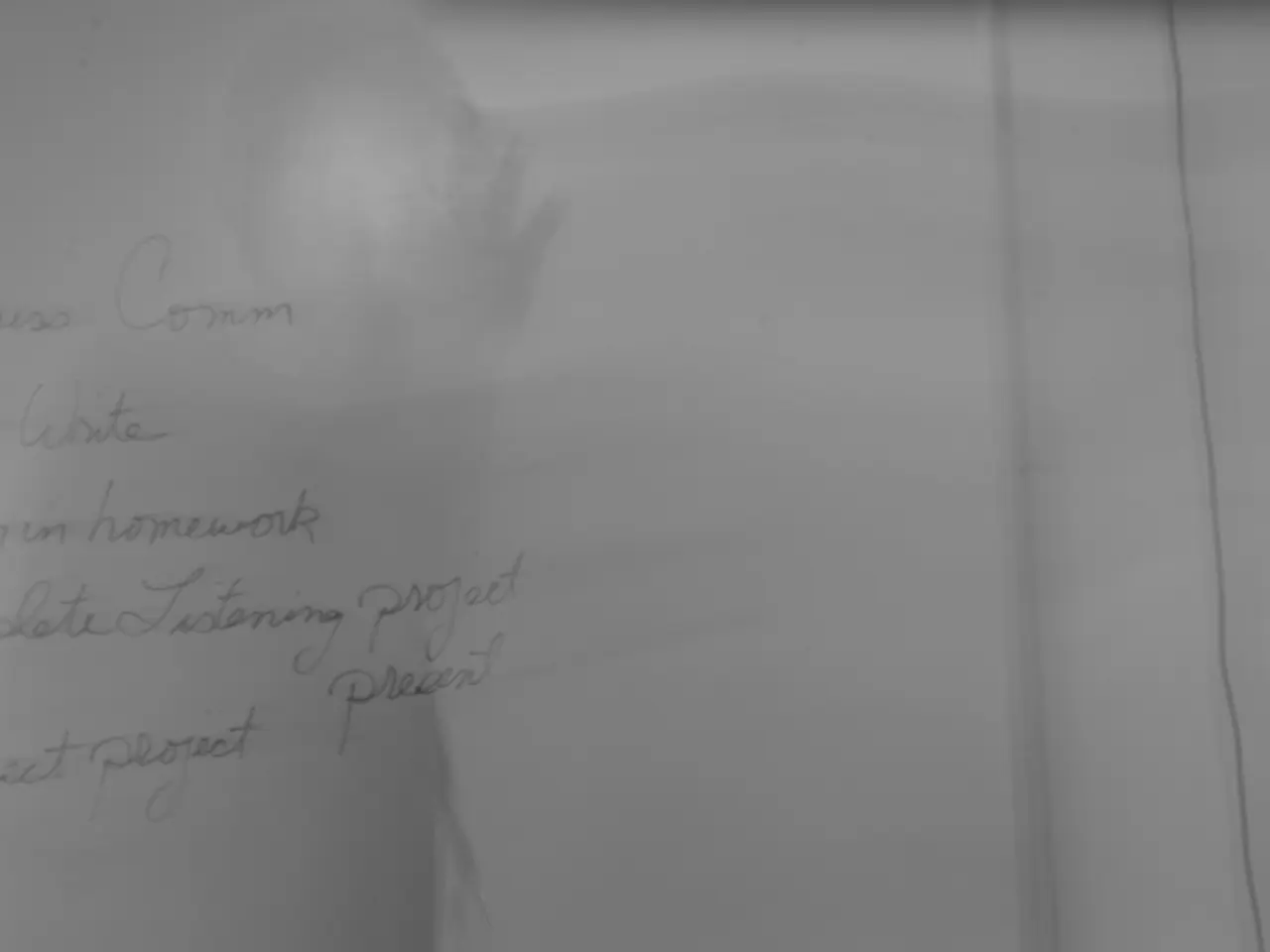Over 16,000 H-1B Visa Workers Fuel U.S. Higher Education
As of June 30, 2025, at least 930 colleges and universities in the U.S. employed staff on H-1B visas, a program designed for specialty occupations. This includes over 16,000 visa holders, with the top 100 universities accounting for approximately 70% of these visas. The H-1B program allows institutions to hire foreign talent when domestic applicants are unavailable.
H-1B visa holders must have at least a bachelor's degree related to their specialty and be employed in a field that requires theoretical and practical application of a body of highly specialized knowledge. In fiscal year 2025, the professional, scientific, and technical services sector led with 129,007 H-1B visas issued. A vast majority of these visa holders are from India.
Universities use the H-1B program to recruit academic staff, researchers, and doctors, often connected to their medical centers. The Trump administration is proposing a $100,000 fee for H-1B visas for foreign workers, but this may not apply to universities or current visa holders.
The H-1B program plays a significant role in U.S. higher education, with over 16,000 visa holders employed as of June 30, 2025. The program allows universities to fill specialty positions with foreign talent, contributing to research, teaching, and healthcare. The proposed fee increase may impact the program's use, but its effects on universities remain uncertain.
Read also:
- Setting Up and Expanding Operations at a Soil Blending Facility
- Surveying the Scene: Legality, Drones, and American Anti-Terror Strategy
- Regional University's healthcare system strengthened through collaborative partnership with Chancellor Dr Fiona Hill
- Reminisced University Trustee David M. Flaum as a 'fervent advocate' for the University and community





